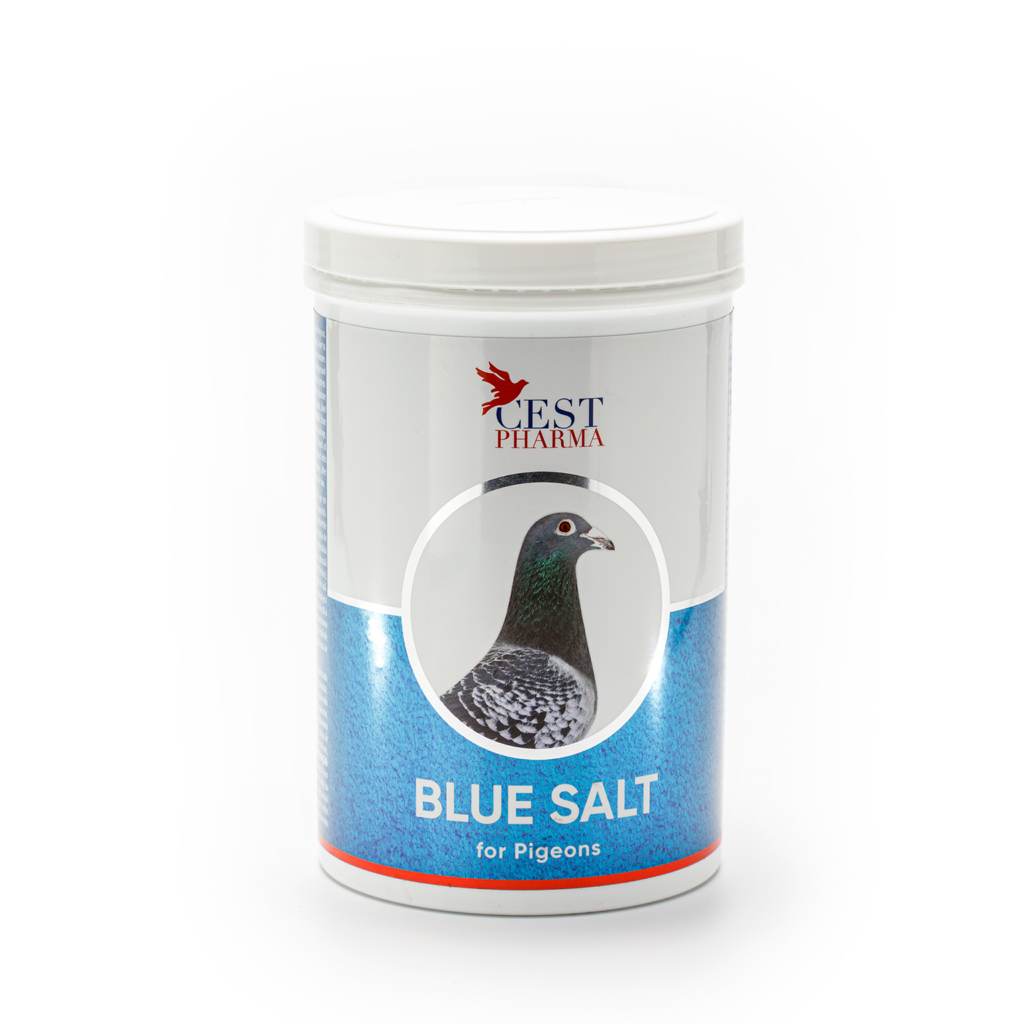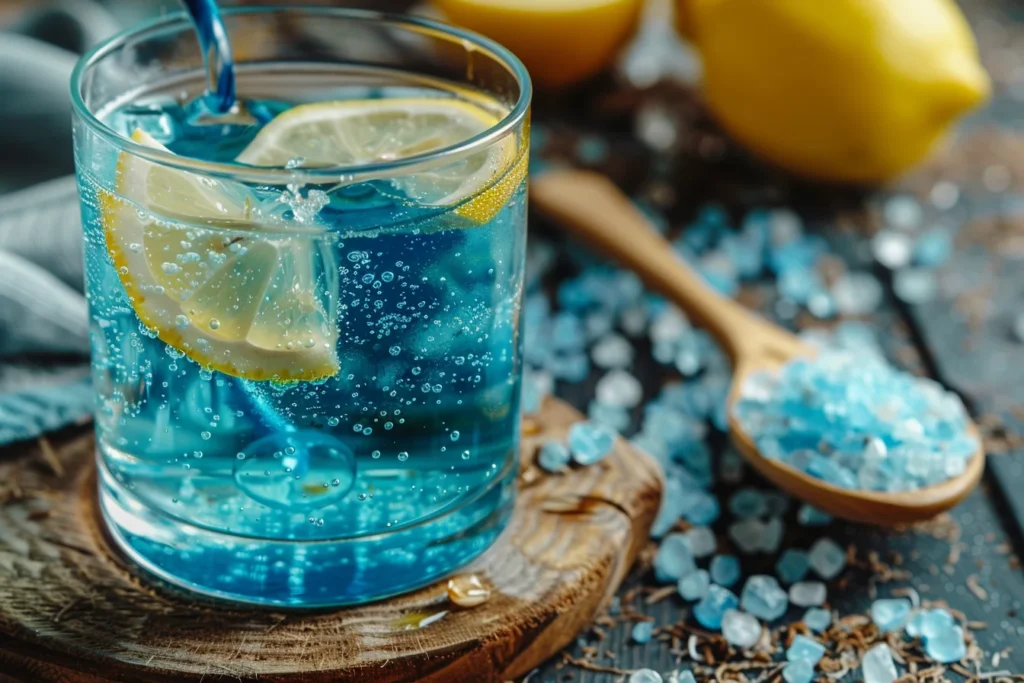What Is The Blue Salt Recipe

Imagine strolling through a bustling Moroccan spice market, the air thick with the aroma of saffron, cumin, and something unexpectedly…aquatic? Nestled amongst the vibrant pyramids of turmeric and paprika, you spot it: a crystalline powder, the color of a twilight sea. This isn’t your ordinary table salt; this is blue salt, a culinary curiosity that's captivating chefs and home cooks alike.
At its heart, blue salt isn’t a single, naturally occurring mineral. Instead, it's a crafted blend, typically sea salt infused with blue-green algae, most commonly Spirulina. This simple combination yields a visually stunning and subtly flavored seasoning that offers both culinary and nutritional benefits, and this article explores the appeal, the creation, and the potential of this captivating ingredient.
The Allure of Azure: Why Blue Salt?
Blue salt’s popularity stems from several key factors, its striking color being the most immediate. In a world saturated with visual content, the eye-catching hue adds a touch of elegance and intrigue to any dish, transforming simple plates into culinary works of art.
Beyond aesthetics, blue salt boasts a unique flavor profile. While the base remains sea salt, the Spirulina introduces a delicate, slightly oceanic note, enhancing seafood dishes, salads, and even desserts.
Many consumers are also drawn to the potential health benefits of Spirulina. This algae is a nutritional powerhouse, packed with protein, vitamins, minerals, and antioxidants. While the amount of Spirulina in blue salt is relatively small, it can contribute to a more nutrient-rich culinary experience.
Decoding the Recipe: Crafting Your Own Blue Salt
Creating blue salt is surprisingly straightforward. With just two ingredients – high-quality sea salt and Spirulina powder – you can easily produce your own batch at home. The beauty lies in its simplicity and the potential for customization.
Ingredient Selection: Choosing the Right Components
The foundation of any great blue salt is excellent sea salt. Opt for a fine-grain sea salt, like fleur de sel or sel gris, as this allows for a more even distribution of color and flavor. Avoid iodized table salt, as it can impart an unpleasant metallic taste.
The quality of the Spirulina is equally crucial. Look for a vibrant, dark green or blue-green powder from a reputable source. Organic and sustainably sourced Spirulina is always a good choice.
The Mixing Process: Achieving the Perfect Hue
The ratio of sea salt to Spirulina powder is a matter of personal preference. A common starting point is 1 tablespoon of Spirulina powder per cup of sea salt. You can adjust the amount of Spirulina to achieve your desired color intensity.
To create the blue salt, simply combine the sea salt and Spirulina powder in a small bowl. Using a whisk or a fork, thoroughly mix the ingredients until the Spirulina is evenly distributed and the salt has transformed into a uniform shade of blue.
For a more intense color and flavor, you can grind the mixture in a spice grinder or mortar and pestle. This helps to release more of the Spirulina's pigment and allows it to fully infuse the salt crystals. Remember to work in short bursts to avoid overheating and clumping.
Drying and Storage: Preserving Freshness and Color
Once mixed, the blue salt should be dried to prevent clumping and maintain its vibrant color. Spread the mixture in a thin layer on a baking sheet lined with parchment paper.
Allow it to air dry for several hours, or place it in a dehydrator at a low temperature until completely dry. Alternatively, you can dry the salt in a very low oven, but be sure to monitor it closely to prevent burning.
Store the finished blue salt in an airtight container in a cool, dark place. This will help to preserve its color, flavor, and nutritional properties. Properly stored, blue salt can last for several months.
Beyond the Recipe: Creative Culinary Applications
Blue salt is more than just a pretty seasoning; it's a versatile ingredient that can elevate a wide range of dishes. Its subtle oceanic flavor pairs particularly well with seafood, adding a touch of elegance to grilled fish, seared scallops, and even humble shrimp cocktails.
Sprinkle it over salads to enhance their visual appeal and add a hint of savory depth. It complements the sweetness of tomatoes, the bitterness of arugula, and the creaminess of avocados beautifully.
Don't be afraid to experiment with blue salt in unexpected ways. It can add a surprising twist to desserts, such as chocolate truffles, salted caramels, and even ice cream.
Chefs are using blue salt to rim margarita glasses, create stunning garnishes for cocktails, and even infuse butters and oils with its unique flavor. The possibilities are truly endless.
A Note of Caution: Responsible Consumption
While Spirulina is generally considered safe, some individuals may experience side effects, such as digestive upset or allergic reactions. It's always a good idea to start with a small amount and monitor your body's response.
Individuals with autoimmune disorders or those taking blood-thinning medications should consult with their healthcare provider before consuming Spirulina. Be mindful of the sourcing and ensure the Spirulina comes from a reputable supplier.
Responsible consumption is key. Just as with any salt, moderation is important for maintaining a healthy diet. Blue salt should be used to enhance the flavor of food, not to replace other important nutrients.
The Future is Blue: Trends and Innovations
The popularity of blue salt is only expected to grow as consumers increasingly seek out unique and visually appealing culinary experiences. We are seeing creative adaptations of blue salt, with chefs experimenting with different types of seaweed and algae to create new flavor profiles and color variations.
Some producers are even incorporating other natural ingredients, such as butterfly pea flower, to enhance the blue hue and add additional health benefits. As interest grows, more sustainable and ethical sourcing practices will be more important.
The rise of blue salt reflects a broader trend towards mindful eating, where consumers are more aware of the origins and ingredients of their food. This desire for transparency and authenticity is driving innovation and creativity in the culinary world.
Blue salt is more than just a seasoning; it's a symbol of culinary curiosity and a testament to the power of nature to inspire creativity. It reminds us that even the simplest ingredients can be transformed into something extraordinary with a little imagination and a touch of blue.

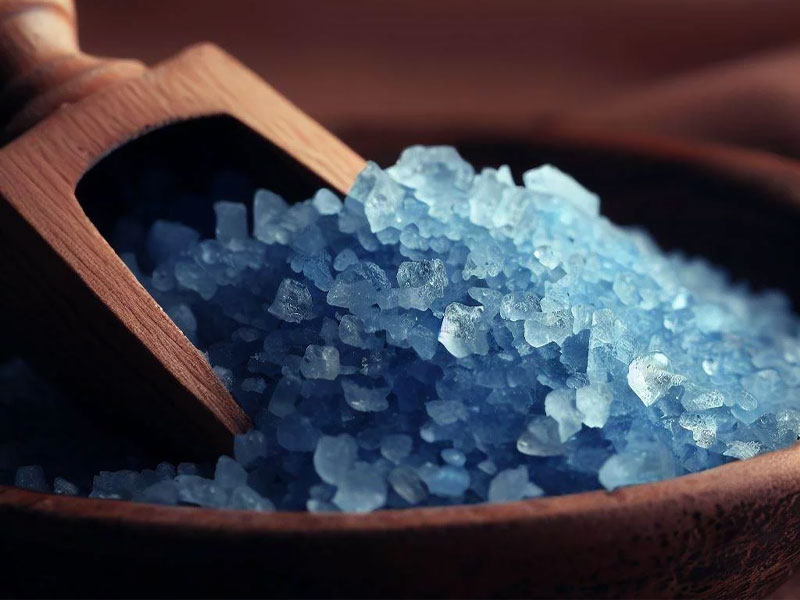

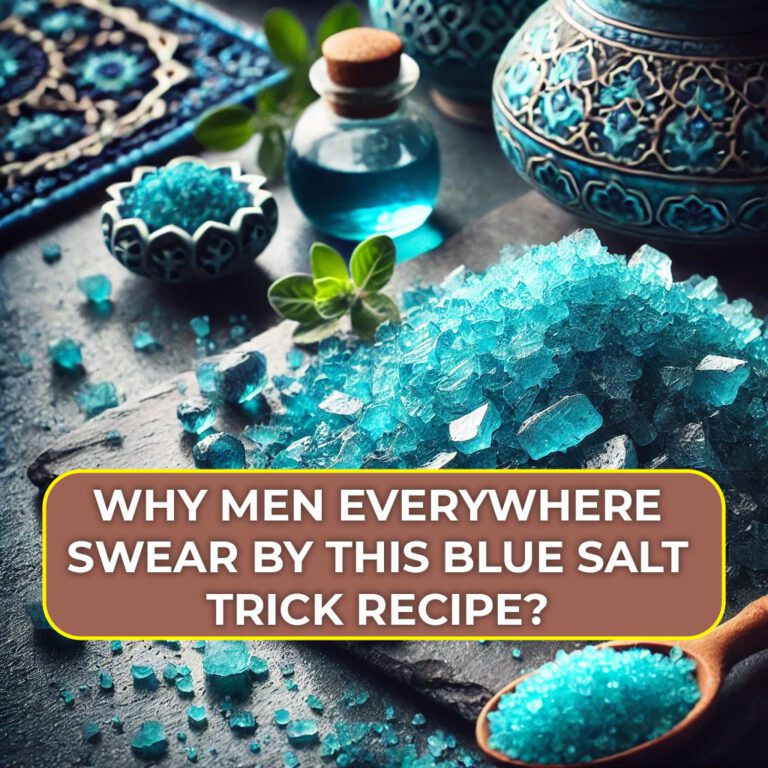








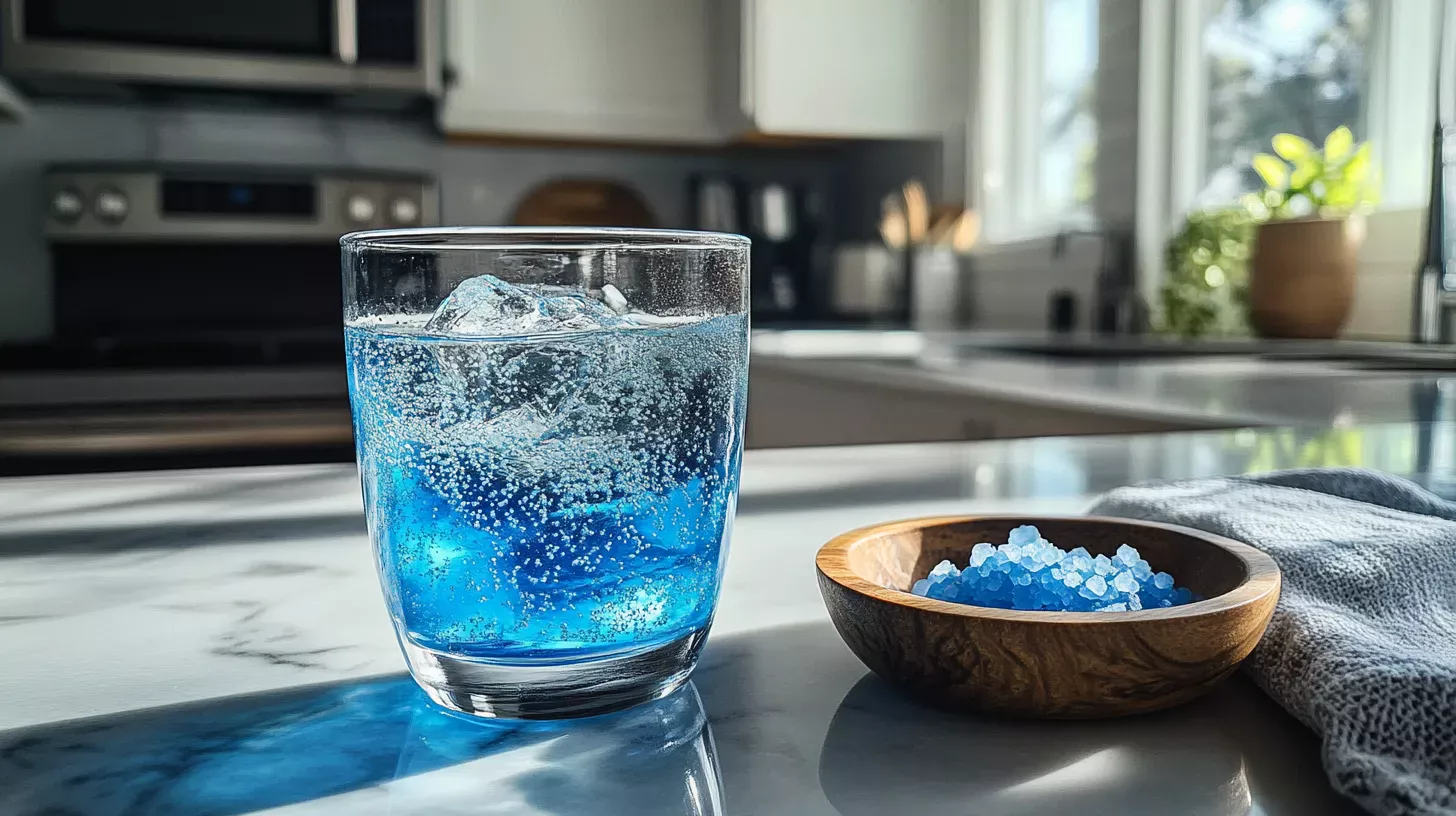

![What Is The Blue Salt Recipe BLUE SALT TRICK FOR MEN [QUICK RECIPE!] - WHAT IS THIS BLUE SALT TRICK](https://i.ytimg.com/vi/ymzAixa8q70/maxresdefault.jpg)
